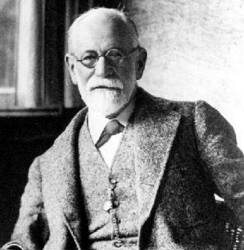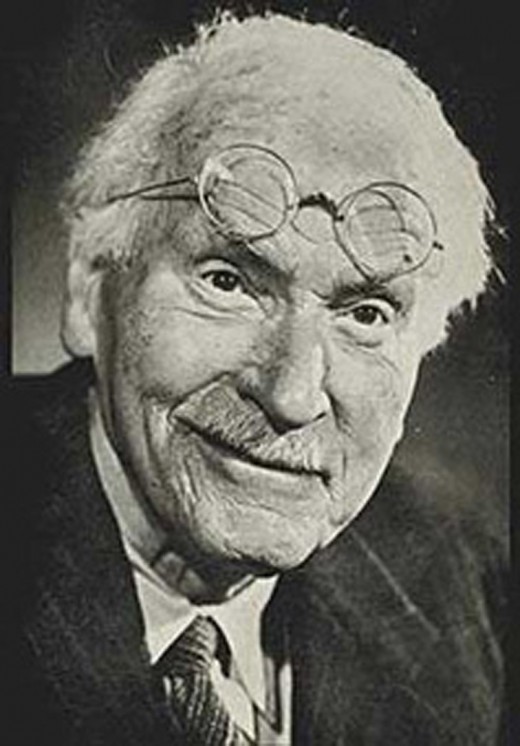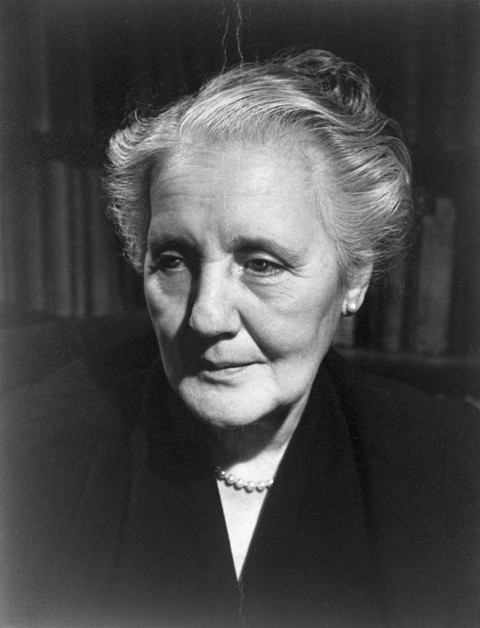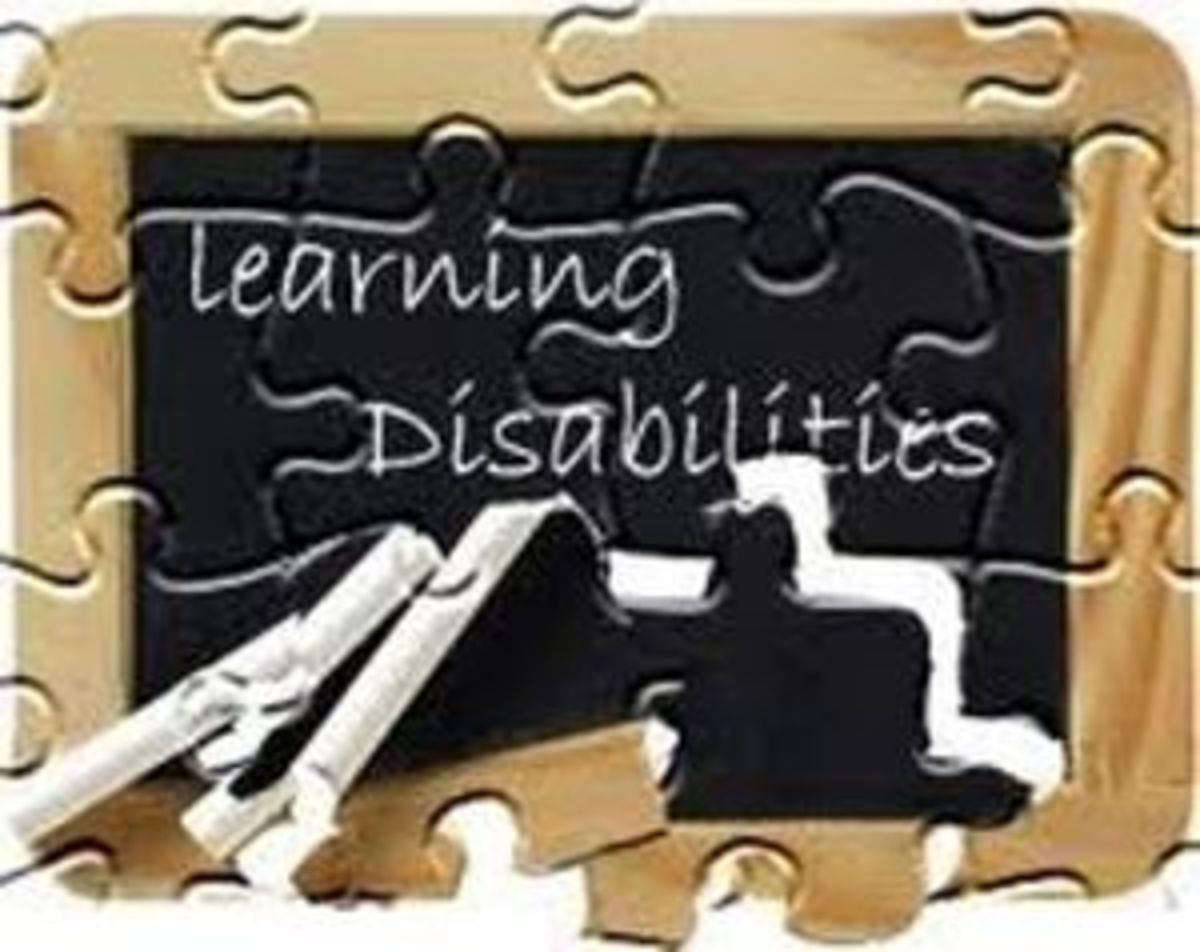The Motivations of a Planet
Get Paid to Write
Share your opinion and expertise and make residual income at the same time by signing up for Hubpages.

The study of the mind is the study of motivation. “Why do people do this or that?” is the triggering question that starts the entire process of exploring the mind. Since the founding of modern psychology by Sigmund Freud, the creature of psychoanalysis, the understanding of the mind has progressed to a level never before achieved in recorded history by any know society. Freud’s claim that the Oedipus Complex is the driving force in the behavior of male children allowed the psychiatric community to see that everyone has similar motivations, the only difference between a psychoneurotic and normal child being the level and intensity of the motivation (472). Opening the gateway for further study and expansion, Freud’s theory inspired Carl Jung, a Swiss Doctor and Freud’s most famous disciple, to conclude that the mind has a collective unconsciousness that is what could be called our “psychic inheritance” (Boeree, Jung 483). Although this theory is not widely accepted, Jung effectively expanded the existing theories of motivation to include the mind as an individual and collective organism. Melanie Klein then took the evolution of modern psychology a step further by showing that deprivation is a major factor of motivation in a child’s life (503). It is crucial in the processes of learning and growing in adulthood because it establishes a link between imagination and reality (Klein 504). She also discovered how to psychoanalysis children through play therapy (Klein 503). Each of these thinkers define motivation in terms of strong universal drives that are at the same time limiting; however, the more effective theory for explaining the mind and its motivations is Howard Gardner’s Theory of Multiple Intelligences, in which he gives adequate room in his definition to allow for the uniqueness of individuals while pinpointing the major motivational forces of humanity.

Gardner defines intelligence as, “the ability to solves problems or fashion products that are of consequence to a particular cultural setting or community” (521). He argues that each person is made up of eight different intelligences in varying degrees, which he divides into the categories of musical, bodily-kinesthetic, logical-mathematical, linguistics, spatial, interpersonal, intrapersonal and naturalist intelligences. Each one of these intelligences has characteristics that set it apart from the others, yet combined can create talents which can motivate, create and advance society in innumerable ways. Sadly, the educational system as a whole does not take this view point. The one’s intelligence is currently measured by one’s intelligence quotient (I.Q.), which focuses on logical-mathematical, and linguistic abilities to the detriment of individuals that excel in different areas of intelligence (Gardner 520). The reality of the matter is that five of the seven attributes of intelligence that Gardner defines are completely ignored in the tests.

The I.Q. test has been in use for nearly a century, yet it has been shown that it is inefficient in achieving its true purpose as a tool for measuring the intelligence of individuals and the population. This tool is meant to be used to improve the lot of mankind through education, allowing individuals to developed skills and abilities that will benefit our society. This is a case of one not seeing the forest for the trees because of the focus of getting a high score. Just as the theories of the past have lead to the evolution of more improved theories, so the next step must be taken by updating our tools for intelligence and aptitude testing within our society. A perfect example of over focusing on I.Q. scoring would be the following story:
“[In] Jacksonville, Florida, fifth-graders were working intently on their projects – designing cities of the future. Bursting with creative excitement, one boy ran over to a group of educators who were observing the class and described his creation, which featured an elaborate transportation system for the elderly. One of the visitors was so impressed with the boy’s detailed explanation that he wondered why he wasn’t in the school’s gifted and talented program. But when he checked the boy’s test records, he discovered that his IQ score didn't meet the program's minimum [requirements]” (Glaser).
This boy, like many other children, is a well of potential just waiting to be tapped into, but because of a test score he was passed over for a more advanced education. Sadly this is not an isolated event. There are many who are refused admittance into private universities and public education alike because of an I.Q. score that is not satisfactory. Sadder still is the fact is that while about eighty percent of social scientist say that the I.Q. test effectively measures abstract reasoning, most also agree that it fails to effectively measure other important aspects of intelligence such as creativity (Glaser). An example of this would be a common question that is asked during the I.Q. test such as the following: “If there are ten apples and eighteen people, how would you divide the apples equally among them?” A child might say make apple sauce, and the answer is very creative; however, that is not the correct answer according to the I.Q. test.

Given the nature of the I.Q. test and its broad use within our society, it is no wonder that there has been a variety of mental disorders that are used to explain why some excel in one area of the test but not another, or even to show the reason for failing in all areas and still be a fully functional individual. Kenneth Jost-in his paper addressing learning disabilities in America-defines learning disabilities as, “a condition that makes it hard for someone of otherwise normal intelligence to read, write, speak or work with numbers.” According to the US Census Bureau the number of minors being treated for learning disabilities in 1991 was estimated as 2,144,000. This number increased to an estimated 2,872,000 in 2000. Yet these learning disabilities, such as dyslexia, attention deficit disorder (ADD) and attention deficit and hyperactive disorder (ADHD), are in most cases simply a person who does not excel in logical-mathematical or linguistics but has other abilities in other areas of intelligence. I am able to claim this because I speak from personal experience. I am one of the fifteen percent of American students that the U.S. Department of Health and Human Services estimates to have dyslexia (Nemours). From a very young age I did well at mathematical-logical problems and had and eye for spatial problems such as assembling models or putting puzzles together. While I was not very good at reading music, I could play a lot of songs by ear on the piano. What I did not do well was reading and writing. When other children were reading books like Where the Red Fern Grows or The Adventures of Tom Sawyer, I was still struggling with See Spot Run. When I was finally diagnosed with dyslexia at 13, I had broken through the barriers of reading, but still struggled to express myself through writing and speech. The test showed that my mental I.Q. (mathematical-logical intelligence) was greater than my physical I.Q. (linguistic intelligence) resulting in a communication block. Because my parents were involved heavily in my education, they determined that we should work through this issue and not around it as was suggested. As a result I learned to develop my linguistic intelligence while retaining my other abilities. There was nothing wrong with my mind; I was not handicapped because of genetics or inferior mental development. The issue was in the nature of the educational approach. My experience, combined with Jonathan Kozol’s estimation that fifty percent of American adults are unable to read an eighth-grade-level book and the Department of Education reported that twenty-seven percent of children diagnosed with learning disabilities drop out of high school, shouts that the learning disability is mostly on the part of the education system and the tools that it uses (Nemours).
Education is not a one-size-fits-all proposition, nor is it a matter of programming people like computers. Just as each person has a unique combination of intelligences, so each person has different learning abilities attached to that intelligence. While some excel through visual learning such as reading or movies, others learn through listening or hands on interaction. Where our education system goes wrong is thinking that only one or two of these educating strategies can be used effectively. Special education programs, while providing a sort of supplement for those who have difficulty with this cookie cutter mentality, are extremely costly and wasteful; costing as much as twice normal educational programs (Jost). The solution is not as simple as taking a pill or throwing more at school; there needs to be reform and adaptation. Schools should continue to teach a basic education program that focuses on well round people; however, this is where the current education system and the solution should converge. Specialization is the key. Each school should have one or two program focusing on a few ofGardner’s intelligences and its corresponding learning abilities. When a child exhibits aptitude in a particular area, the option should be given for him or her to go to the school with those corresponding programs. In this way, the individual will be able to develop natural ability, be well rounded in education and be happy because he or she is doing what they enjoy. At the same time, there is no great pressure on public finances because there is a system that is universal in it ability to satisfy people’s motivations while pin pointing ones individual needs. AsGardnersaid, “[intelligence is] the ability to solves problems or fashion products that are of consequence to a particular cultural setting or community” (521). What better way for a culture to advance then through natural ability and skill of its citizens who are free to develop and be well rounded. Just as ignorance breeds fear, knowledge breeds understanding and intelligence.
Works Cited
Boeree, C G “Personality Theories: Carl Jung.” Shippensburg University. 1997. Psychology Department. 9 Nov. 2006 www.ship.edu/~cgboeree/jung.html.
Freud, Sigmund “The Oedipus Complex,” A World of Ideas. Ed. Lee A. Jacobus. 7th Edition.New York: Bedford/St. Martins, 2006. 469-478
Gardner, Howard “A Rounded Version: The Theory of Multiple Intelligences,” A World of Ideas. Ed. Lee A. Jacobus. 7th Edition.New York: Bedford/St. Martins, 2006. 515-533
Glaser, Sarah. “Intelligence Testing,” CQ Researcher 3.28 (1993): 649-672. CQ Researcher Online. CQ Press. FolsomLakeCollege Library, Folsom, CA. 9 Nov. 2006 <http.//library.cqpress.com/cqresearcher/cqresrre1993073000>.
Jost, Kenneth. “Learning Disabilities.” CQ Researcher 3.46 (1993): 1081-1104. CQ Researcher Online. CQ Press. Folsom Lake College Library, Folsom, CA. 9 Nov. 2006 <http://library.cqpress.com/cqresearcher/cqresrre1993121000>.
Jung, Carl “The Personal and Collective Unconscious,” A World of Ideas. Ed. Lee A. Jacobus. 7th Edition.New York: Bedford/St. Martins, 2006. 483-496
Klein, Melanie “The Psychological Principles of Infant Analysis,” A World of Ideas. Ed. Lee A. Jacobus. 7th Edition.New York: Bedford/St. Martins, 2006. 499-512
"Learning Disability," World Encyclopedia. Philip's, 2005. Oxford Reference Online. Oxford University Press. Folsom Lake College. 9 November 2006 <http://0-www.oxfordreference.com.lasiii.losrios.edu:80/views/ENTRY.html?subview=Main&entry=t142.e6603>
Nemours. “National Dyslexia Statistics.” Nemours. 2006. 15 Nov. 2006 <http:www.nemours.org/internet?url=no/brightstart/statistics.html>.
US Census Bureau. Washington D.C.: Economics and Statistics Administration, 2003.








